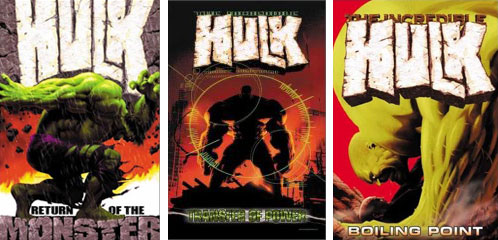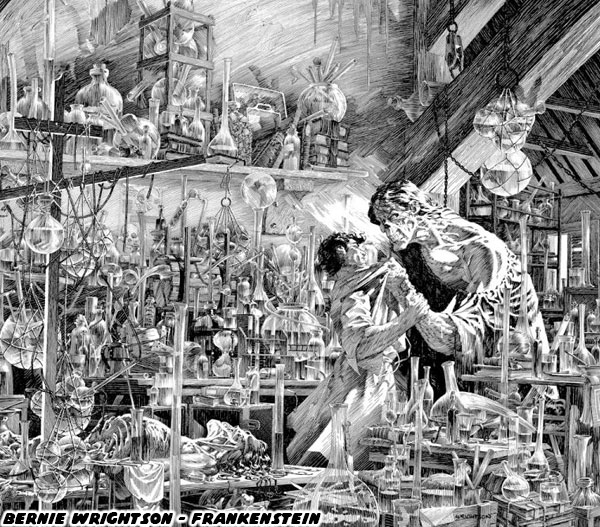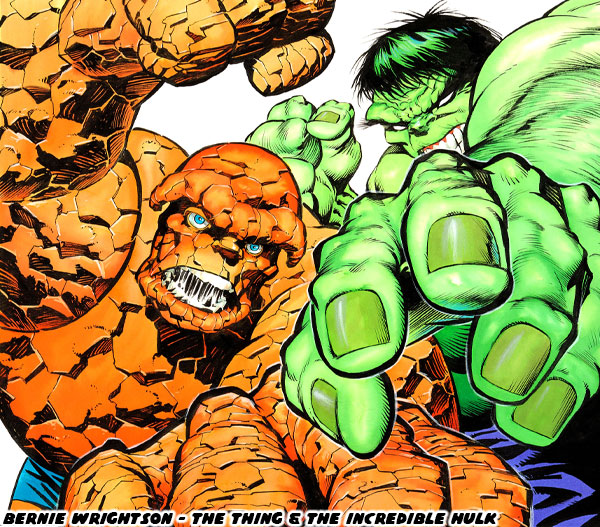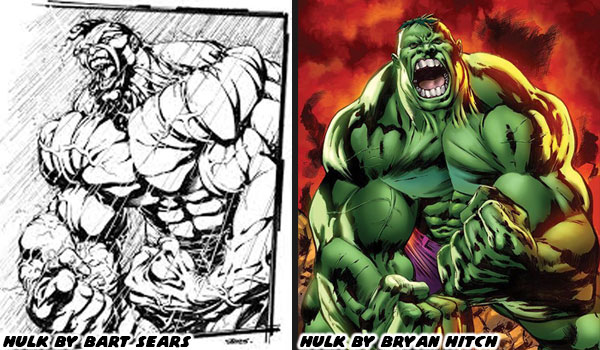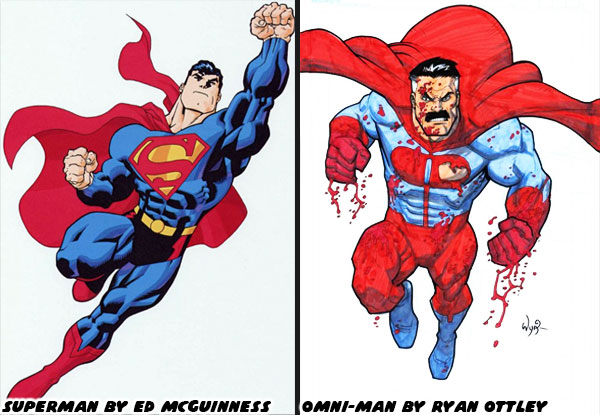When I started this series I talked in broad terms about how the Incredible Hulk was a horror story. Jack Kirby and Stan Lee created a modern retelling of Frankenstein. Dr. Bruce Banner was the fill in for Dr. Victor Frankenstein, and the Hulk was his dark shadow, his creation. Not every great Hulk story was about war, and escalation like the classic Kirby / Lee stories. Not every writer could pull off a galactic-spanning adventure like Donny Cates did in his Starship Hulk run. It required a deep understanding of the characters, and canon of the universe in order to pull off. On the other hand suspense, and horror, including body horror, were also major drawing points for the series. It was a format that great writers could use when they wanted to shape a plot. Even new creators unfamiliar with the monster could lean into the horror elements of the Hulk, and know it would fit the character. This was something that didn’t necessarily work with other Marvel characters like Spider-Man, Captain America, or Iron Man. The most significant Hulk story to come out in the past decade was the Immortal Hulk.
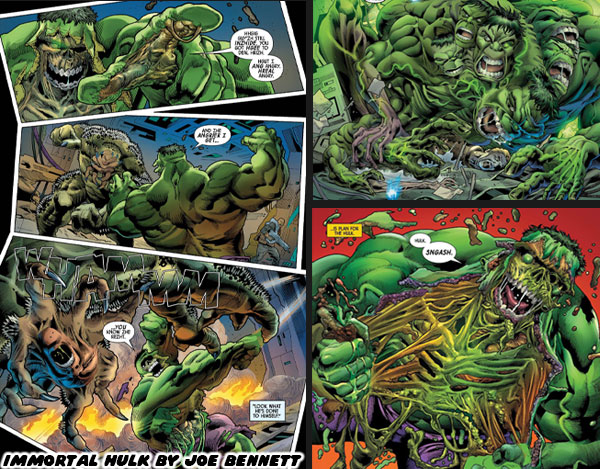
The story was written by British author Al Ewing, and illustrated by Brazilian artist Joe Bennett. Among all of the comic book artists hired by Marvel in the past 15-odd years, the work that Mr. Bennett delivered absolutely stood out. He was another one of those artists that you could tell was born to draw the Hulk. He had a sense of scale, and power that was rarely seen by any illustrator. He had essentially recreated the heavy browed monster of Jack Kirby but for a new generation. At the same time he delivered some of the goriest, most twisted panels I had ever seen. I would have ranked him quite high in my personal list of the best Hulk artists, unfortunately he could not avoid controversy. He
made bigoted remarks about writer Glen Greenwald, then
was accused of Anti-Semitism in one of his story panels. He was let go by Marvel not long after. He went on record to apologize for his comments but it made me sad that such a great horror artist could hold onto hateful stereotypes. I suppose it was a reflection of his insight into the human condition that made him so good at drawing ugly situations. I didn’t think that there would be any other artist to come along that could match that level of horror storytelling. That was until a new team started the Age of Monsters arc in 2024.
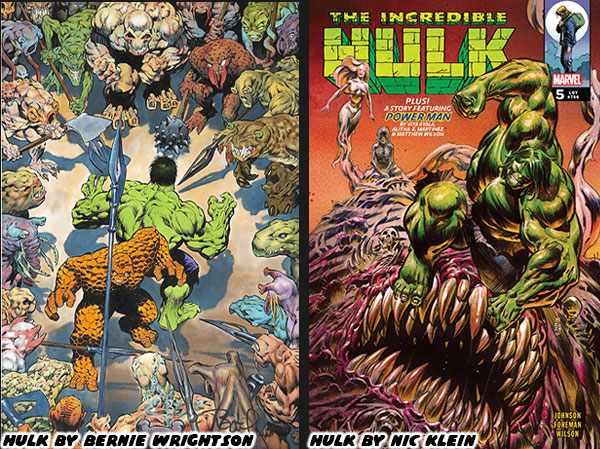
Writer Phillip Kennedy Johnson, and artist Nic Klein were delivering a masterclass on the green monster. They presented a horror tale that was distinctly unlike the Ewing / Bennett run. Theirs was instead pulled from an even older format. They were creating a nod to the mysterious, the weird, and the strange myths that inspired the pulp-era horror stories. They were working on a callback to the classic EC Horror books like Tales From The Crypt, the Haunt of Fear, and the Vault of Horror. Only now Johnson, and Klein were knitting Bruce Banner into the plots, and updating the visuals for the modern world. The first thing that stood out to me about Mr. Klein’s art was how much he drew in the style of Bernie Wrightson. Bernie was greatly influenced by the classic pulp stories of post WWII America. Although he was born too late to be a founder of the movement his art clearly hinted at the greats like Johnny Craig, Jack Davis, Graham “Ghastly” Ingels, Harvey Kurtzman, and Wally Wood.
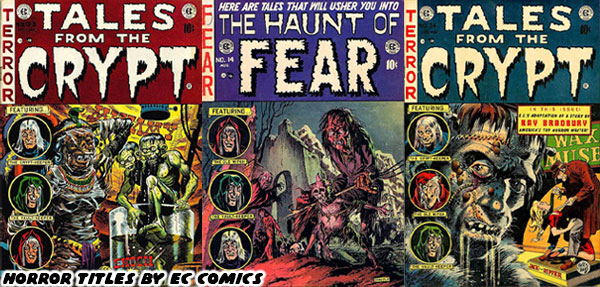
Comparisons aside Wrightson’s draftsmanship was unparalleled. His Frankenstein book for Marvel was an essential work for all illustrators to study. Wrightson did more for the horror genre in black, and white than any other artist working in the 20th century. On top of everything he also worked on various monster stories for DC, and Marvel, including the respective Swamp Thing, and Man-Thing. His style, rendering techniques, and creature designs, both monsters, and aliens were unlike the regular Hulk artists. These unique elements made him a stand out whenever his art would appear in comic book format. Wrightson was absolutely a great fit for horror stories. Yet he produced less and less comic material as he got older. By the late ‘70s, and early ’80s he wasn’t releasing too many things. His work in the ‘90s was even more sparse. Unless you were familiar with the artist then you had no idea how great he was, and how much we lost when he passed away in 2017.
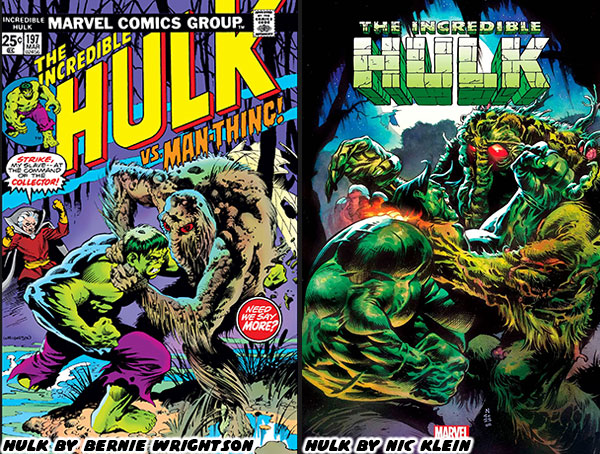
It had been more than 40 years years since the Wrightson style of art carried a Hulk story. Seeing the art by Nic Klein rekindled all the memories I had as a kid. I hadn’t seen anything similar in a long time. Knowing that Mr. Klein was going to be the lead on a Hulk horror story filled me with joy. Over the past few blogs I had highlighted some of my favorite Hulk artists, however you should know that not every Hulk creator was a good fit for a horror title. Some were great with action sequences, and team ups. Other artists knew how to draw the reluctant hero, or misunderstood monster archetype. Horror stories took an entirely different approach. We would be getting closer to the characters, much more intimate with their fears, and desires. We needed an artist that could render action, but also close in on details when the scene required it. If you don’t know anything about illustrating then let me say that this type of art took an entirely unique set of skills.

I do want to be fair, and give flowers to a Hulk artist that I am haven’t mentioned. Mike Deodato Jr. worked under different writers at Marvel for years, and years. He was, and remains a fantastic Hulk artist. He first got on my radar during the ‘90s. His style was its own unique thing. It was different than Keown, Adams, McGuinness or any other illustrator that I’ve mentioned so far. Mr. Deodato Jr’s style rose to new heights whenever he needed to do a horror story featuring the Hulk such as the covers for the Dead Like Me arc written by Bruce Jones, and Garth Ennis. The regular artists on the series were Doug Braithwaite, and John McCrea. They were great artists as well, however the person that set the tone was Mike, and his cover art. It gave us a glimpse of a Hulk that was much darker, and more twisted than anything we had ever seen.
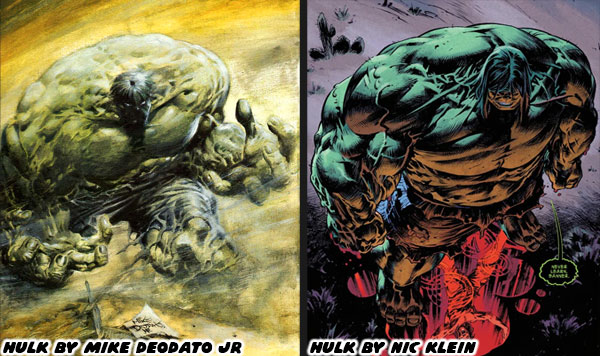
Mike had a style that worked exceptionally well for a Hulk horror story, dark character like Venom, or gritty vigilantes like the Punisher. His monster proportions were very extreme, even when compared to Keown, or Adams. The Hulk’s torso was as thick, and broad as he was tall. Not unlike the old McFarlane version of the gray Hulk. Except Mike had a better sense of anatomy, and physiology. I hadn’t seen anything similar to that style until Nic Klein began drawing the books. These were almost 20 years after Mike’s last run. Mr. Klein seemed to marry the proportions of Deodato Jr. with the rendering techniques of Mr. Wrightson. This combination of influences was so well done that it made Nic criminally underrated. He would set the standard for the foreseeable future. I had no doubt that kids reading the comics today would become illustrators in the future because of how influential the art was.
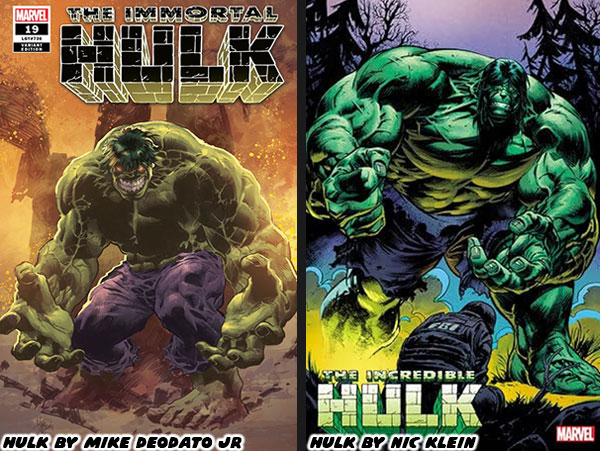
Nic was another example of how each generation of artists were refining the style of the masters that came before. With that said where would I rank him against my favorite Hulk artists? I’ll talk about it on the next, and final part of this series. I hope to see you back for that. Did you read the Immortal Hulk arc? Were there any young artists that you thought were underrated? I’d like to read about it in the comments section. As always if you would like to sponsor me
please visit my Patreon page and consider donating each month, even as little as $1 would help make better blogs and even podcasts!














